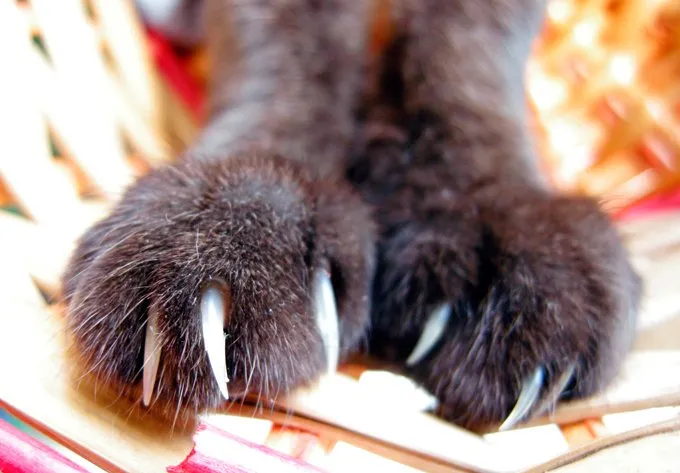Introduction
Hey there, cat enthusiasts! Today, we’re delving into a topic that’s sparked heated debates and passionate discussions: declawing cats. As an animal expert with a love for all things feline, I’m here to guide you through the ins and outs of this controversial practice. So grab a cozy blanket and a cup of cocoa, because we’re about to embark on a journey into the world of feline claws.
Understanding Declawing: What Is It?
Claws Unleashed
First things first, let’s talk about what declawing actually entails. Contrary to popular belief, declawing isn’t just a simple trimming of the nails—it’s a surgical procedure that involves the amputation of the last bone of each toe. Ouch!
The Consequences
While some may view declawing as a quick fix for unwanted scratching behavior, the reality is far more complex. Declawing can have serious physical and psychological consequences for cats, impacting everything from their ability to walk and balance to their overall well-being.
The Physical Toll of Declawing
Walking on Eggshells
Imagine walking on tiptoes for the rest of your life—that’s essentially what declawed cats experience. Without their claws to provide traction and stability, declawed cats may struggle to walk and balance properly, leading to chronic pain and discomfort.
Complications and Infections
Declawing isn’t without risks. Cats undergoing the procedure are at risk of complications such as infection, nerve damage, and excessive bleeding. These risks can prolong recovery time and increase the likelihood of long-term issues.
The Psychological Impact
Lost Instincts
Cats’ claws aren’t just tools for scratching—they’re essential for a variety of natural behaviors, including stretching, grooming, and self-defense. When cats are declawed, they lose not only their primary means of defense but also their ability to engage in instinctual behaviors, leading to frustration and anxiety.
Behavioral Changes
Declawed cats may exhibit changes in behavior as a result of the procedure. Some cats become withdrawn or aggressive, while others may develop litter box aversion or other stress-related behaviors. It’s essential to recognize that declawing isn’t just a physical alteration—it can profoundly impact a cat’s mental health as well.
Alternatives to Declawing
Trimming and Training
Instead of resorting to declawing, there are plenty of alternative methods for managing unwanted scratching behavior. Regular nail trimming can help keep claws in check, while providing appropriate scratching posts and toys can redirect your cat’s natural instincts in a positive way. With a little patience and consistency, you can teach your cat to scratch where it’s appropriate without resorting to drastic measures.
Soft Paws and Deterrents
For cats who just can’t seem to keep their claws to themselves, products like Soft Paws—soft, plastic nail caps that are glued onto the claws—can provide a safe and humane alternative to declawing. Additionally, using deterrents like double-sided tape or citrus-scented sprays can help discourage scratching in unwanted areas without causing harm to your cat.
The Legal Landscape
Regulatory Measures
It’s worth noting that declawing isn’t just a moral issue—it’s also a legal one. In recent years, several countries and states have implemented bans or restrictions on declawing, recognizing it as an inhumane practice. These measures reflect a growing awareness of the physical and psychological toll of declawing and emphasize the importance of considering alternative options.
Conclusion
And there you have it, folks—declawing cats is more than just a manicure gone wrong. It’s a surgical procedure with serious implications for feline health and well-being. By understanding the physical and psychological consequences of declawing and exploring alternative methods for managing unwanted scratching behavior, we can ensure that our feline friends live happy, healthy lives without resorting to drastic measures. So let’s keep those claws intact and embrace our cats for who they are—sharp claws and all!
- Best Clay Alternatives for 2025 - April 19, 2025
- Best Seamless.ai Alternatives for 2025 - April 19, 2025
- Best UpLead Alternatives for 2025 - April 18, 2025



